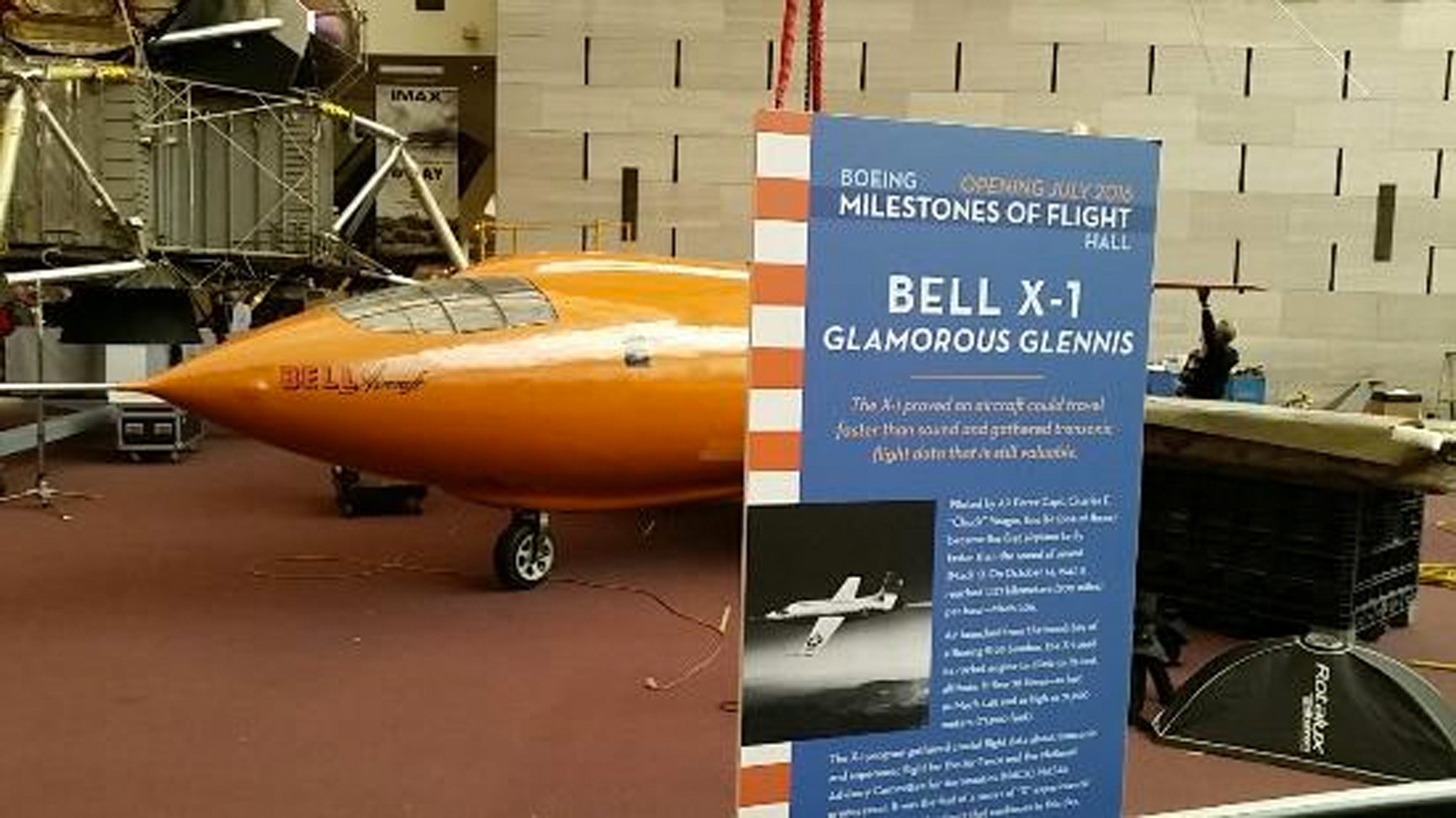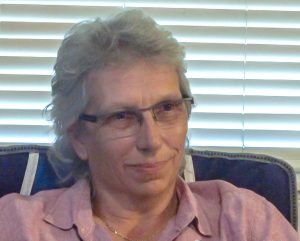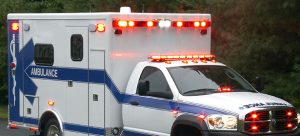by William J. Bechaver
WASHINGTON, D.C. — Last month, I got the opportunity to visit The National Air And Space Museum in Washington, D.C.
The Air And Space is the most popular museum under the care of The Smithsonian Institution, and in fact, is the most visited museum in the nation.
The Smithsonian Institute is a collective of great museums in our nation’s capitol, which includes The National Gallery, The Natural History Museum, The National History Museum, The Museum Of The American Indian, and many others.
The Air And Space Museum was constructed on its prominent site along The National Mall in 1976. It is due for major renovation, which will begin this summer. So, I decided to visit it now, in its original configuration, before all the changes and updates are made, so I can make a comparison when I visit in the future.
The site also has significant historical notoriety, as it was where the city’s armory once stood, which housed The Armory Hospital during The Civil War, where the worst of the wounded were cared for.
I spent several days entirely at The Air And Space Museum.
Housed there, of course, is The Wright Brother’s Flyer, the first powered fixed-wing aircraft to take to the skies. You can also see The Spirit Of Saint Louis, Charles Lindbergh’s plane that was the first to fly non-stop across the Atlantic.
And then, there are the aircraft that competed in, and determined that the United States would win the space race.
There is the Bell X-1, in which Chuck Yeager became the first man to break the sound barrier. There is the Friendship 7 Mercury capsule, the actual one in which John Glenn became the first American to orbit the Earth. The cramped Gemini capsule in which two astronauts sat next to each other, for days on end without moving, side by side, orbiting the planet and making the first space walks, is on display.
There is also the Apollo 11 Capsule in which the first men to walk on the moon, resolutely winning the space race, returned from their journey.
You can see an unused, yet fully functional, lunar module and command module, vehicles which made the trip to the moon possible.
There also are the vehicles NASA has since used to explore other worlds, to the far reaches of our solar system, and beyond, as Voyager I and Voyager II have now left the realm of the solar system and entered interstellar space.
The collection of aircraft is, of course, extensive and impressive.
While in Washington, I took the opportunity to meet up with Neil Newman. Neil is a Walsenburg native, and a graduate of John Mall High School, and has worked for NASA for thirty years. He is a deputy director of one of three international offices that support the agency, and has spent his entire tenure with NASA supporting international activities on a variety of space programs. He has worked mostly on human spaceflight projects, including the space shuttle, the International Space Station, and space exploration.
It was great to see him, reminisce about trips our families took together when we were young, and get caught up. Neil suggested, if I had the time, I visit the Steven F. Udvar-Hazy Center, an annex of the Air and Space Museum, located near Dulles International Airport, where they have one of the Space Shuttles on display, along with other huge aircraft in a huge hangar facility.
So, the day before flying out to come home, I stayed near Dulles, and spent a day at the Udvar-Hazy Center.
When I walked in, I was overwhelmed by the size of the facility, and the diversity of the collection of aircraft.
Most overwhelming was when I discovered that it is the Space Shuttle Discovery on display there.
You see, Discovery and I have a special relationship, and in fact, this was not the first time I saw the great space vehicle.
Back on January 28, 1986, I was a student at U.S.C. in Pueblo, the day of the Challenger Disaster, when the space shuttle Challenger exploded shortly after launch from Cape Canaveral.
The Space Shuttle program was put on hold for more than two years. By the time it resumed, I was living in Los Angeles.
Space Shuttle Discovery was the first to launch when the shuttle program resumed in September 1988.
I made the trip up to Edwards Air Force Base on 3 October 1988 to watch the conclusion of our “Return To Space” mission, the first landing of the resumed shuttle program.
So, when I walked into the museum at Dulles, and saw Discovery was there, it was quite emotional for me. I had seen her once before, as she descended from space, and glided down to land safely in the high desert of California. Though I was now seeing her close up, I had seen her before, nearly thirty years ago.
Thanks for the positive feedback about our featured columns, and your continued interest in astronomy. If you have any questions or article requests, contact us at spacescape@rocketmail.com, or follow us on Twitter @ColoSpacEScapE for updates and additional viewing opportunities.

William J. Bechaver is the director of SPACE • Spanish Peaks Amateur Cosmos Enthusiasts, the premier Astronomical Society for Southern Colorado and Northern New Mexico.




